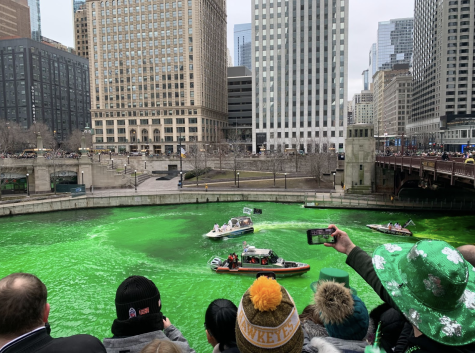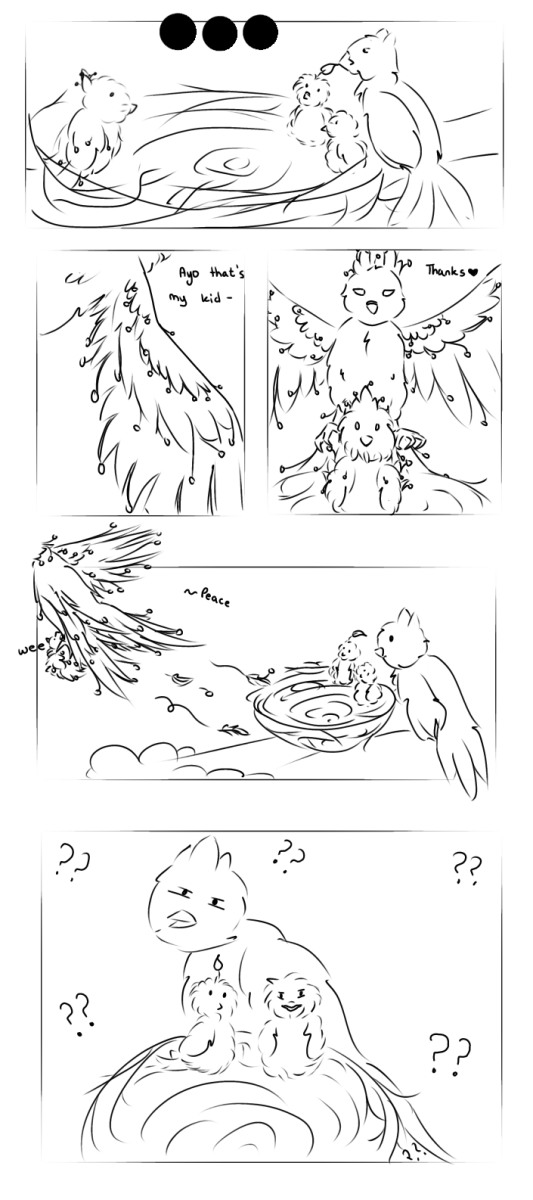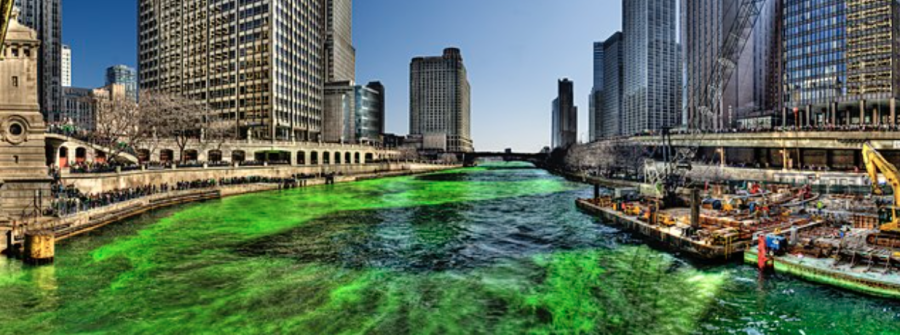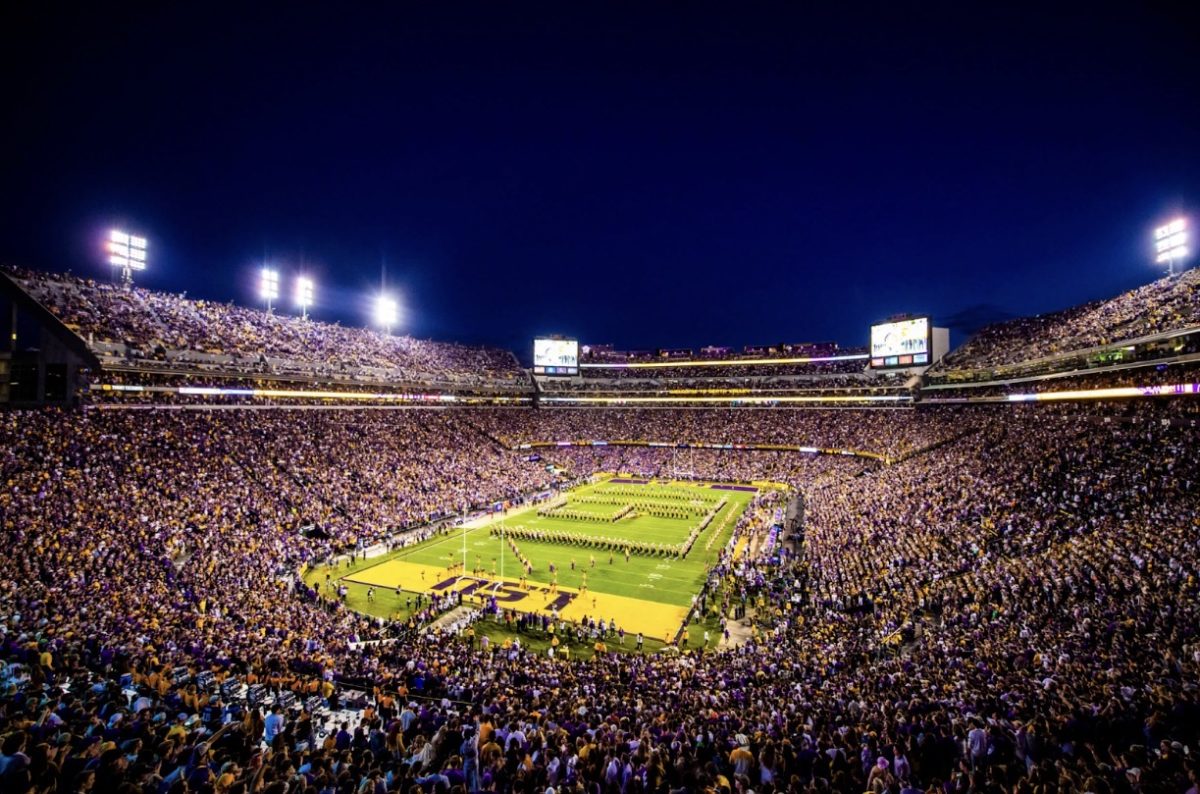How green is the dyeing of the Chicago river?
April 14, 2023
Many Chicagoans line up to watch the Chicago River turn a bright shade of green. However, as environmentalism has become more popular, questions have been raised about the environmentally friendliness of the dyeing.
A Colorful History
Due to the Chicago River’s toxicity, dyeing the river started as a way to identify where the pollution in the river was coming from (NPR). In 1962, the first year of this pigmented tradition, 100 pounds of dye were dumped into the Chicago river. The dye’s original formula contained oil, but over time the dye has become a powder cleverly named “Leprechaun Dust”. Each year, Chicagoans are able to watch two boats dye the River green before the St. Patrick’s Day parade. One boat is used to dump the powder and the other is used to stir it into the water. The dyeing of the Chicago River has become an iconic symbol of St. Patrick’s Day for every Chicagoan.

Environmental Impacts
The dye used to color the River has been proven by the EPA to be non-toxic. In fact, the dye is food-grade. However, while the dye itself is safe, many believe that the dyeing of the river leads to a negative environmental message. Environmentalists argue that dyeing the river green can make people feel that dumping anything in the river is acceptable (Green Matters). They explain that the dyeing of the river starts a mindset that aspects of the environment can be modified purely for human enjoyment. Furthermore, it has been reported that people have illegally dyed the river themselves instead of allowing the proper authorities to dye it. So while the physical dye itself is non-toxic and not harmful to the environment, the mindset it insinuates is dangerous for the environment.
While it is perfectly fine to celebrate the dyeing of the river, remember to keep in mind that the dyeing is done by professionals and nothing unregulated should be dumped into the river.
































